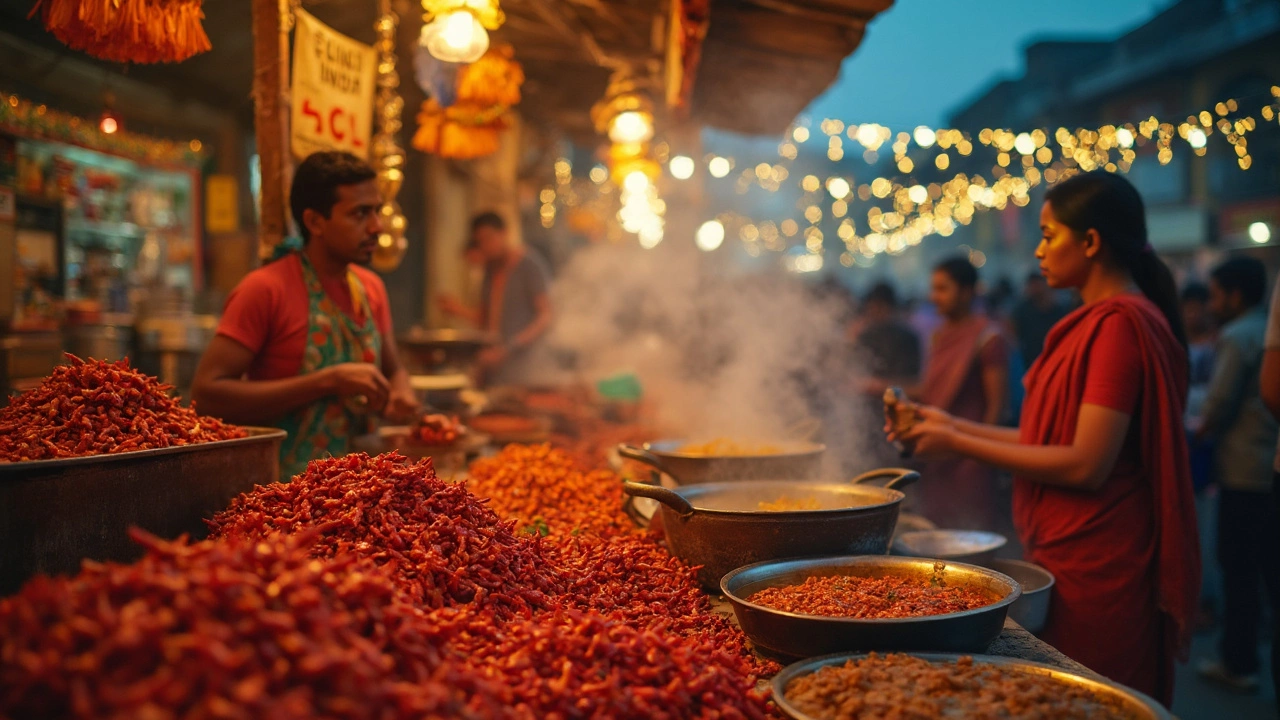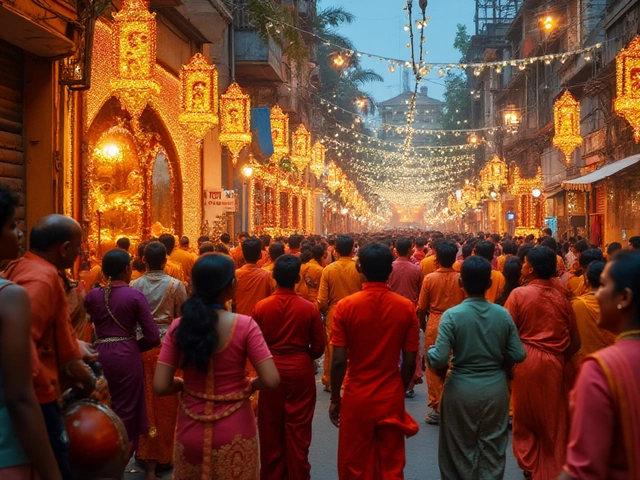Indian States Food: Regional Cuisines and Traditional Dishes Across India
When you think of Indian states food, the diverse culinary traditions tied to each region of India. Also known as regional Indian cuisine, it's not just about spice—it's about history, climate, and daily life woven into every meal. From the coconut-heavy curries of Kerala to the wheat-based rotis of Punjab, the food you eat in one state can feel like a different country altogether.
Why does this happen? Because South Indian food, centered around rice, lentils, and tamarind, shaped by coastal trade and temple traditions is worlds apart from North Indian food, built on dairy, breads, and slow-cooked meats influenced by Mughal and Punjabi farming. In Gujarat, you’ll find sweet and savory snacks like fafda and dhokla, while in Bengal, fish and mustard oil define the palate. Even something as simple as rice gets a different treatment—steamed in the south, fried in the east, and turned into dosas in the southwest. These aren’t just recipes; they’re cultural signatures passed down through generations.
The ingredients tell their own story. Millets are making a comeback in Maharashtra and Rajasthan because they grow in dry soil. Coastal states like Goa and Odisha rely on seafood because the ocean is their grocery store. In the northeast, fermented foods like axone and kangshoi aren’t odd—they’re essential. Even festivals shape what’s on the plate: Diwali brings sweets like laddoos to every home, but the recipe changes from state to state. This isn’t random—it’s logic shaped by land, language, and legacy.
What you’ll find below is a curated look at the real, everyday foods that define each corner of India—not tourist traps or Instagram trends, but the meals families cook on weekdays, the snacks sold on street corners, and the dishes served at weddings and temple feasts. Whether you’re curious about why Tamil Nadu eats idli for breakfast or why Punjab loves makki ki roti in winter, the answers are here. No fluff. Just the food, the places, and the people behind it.





